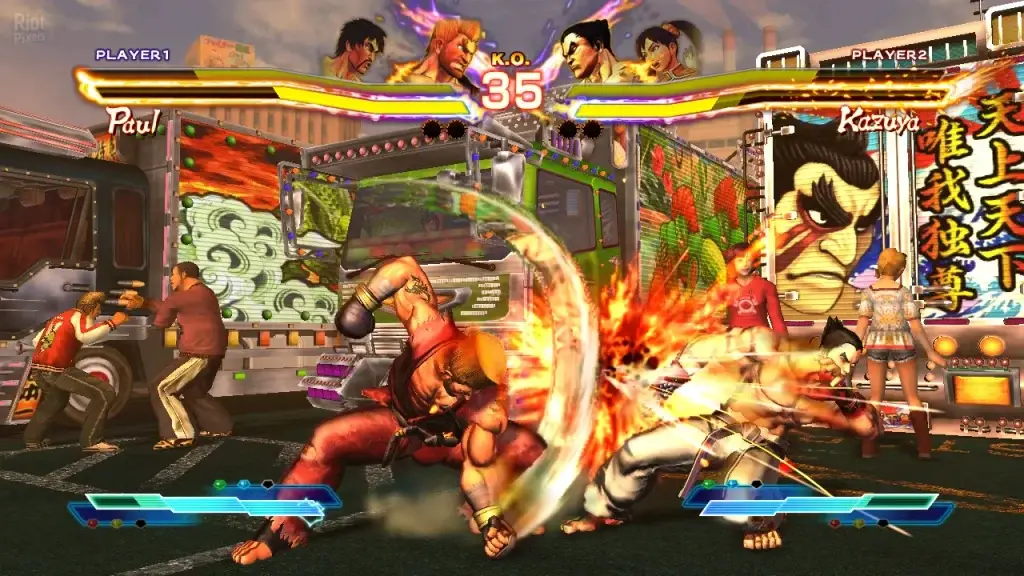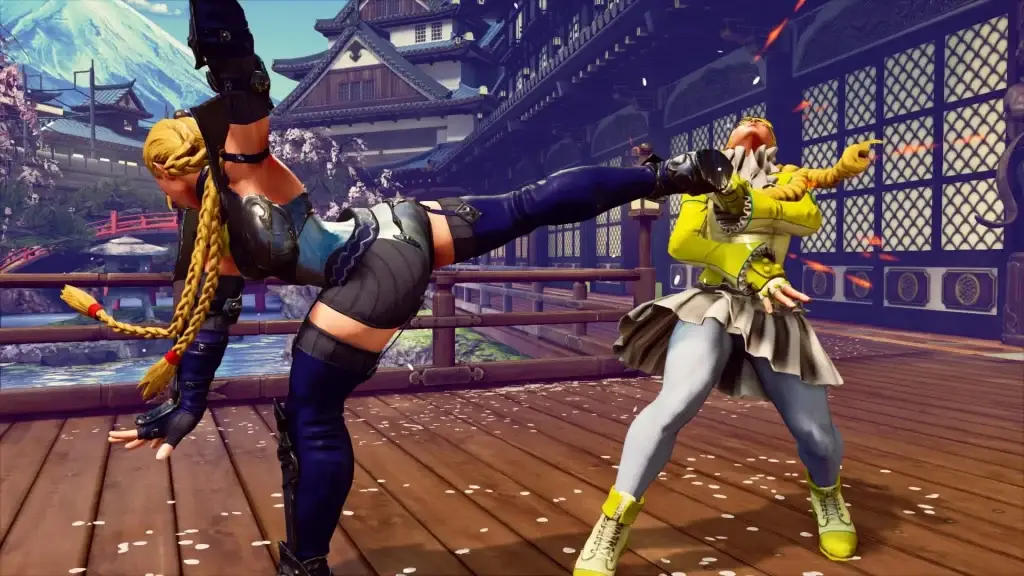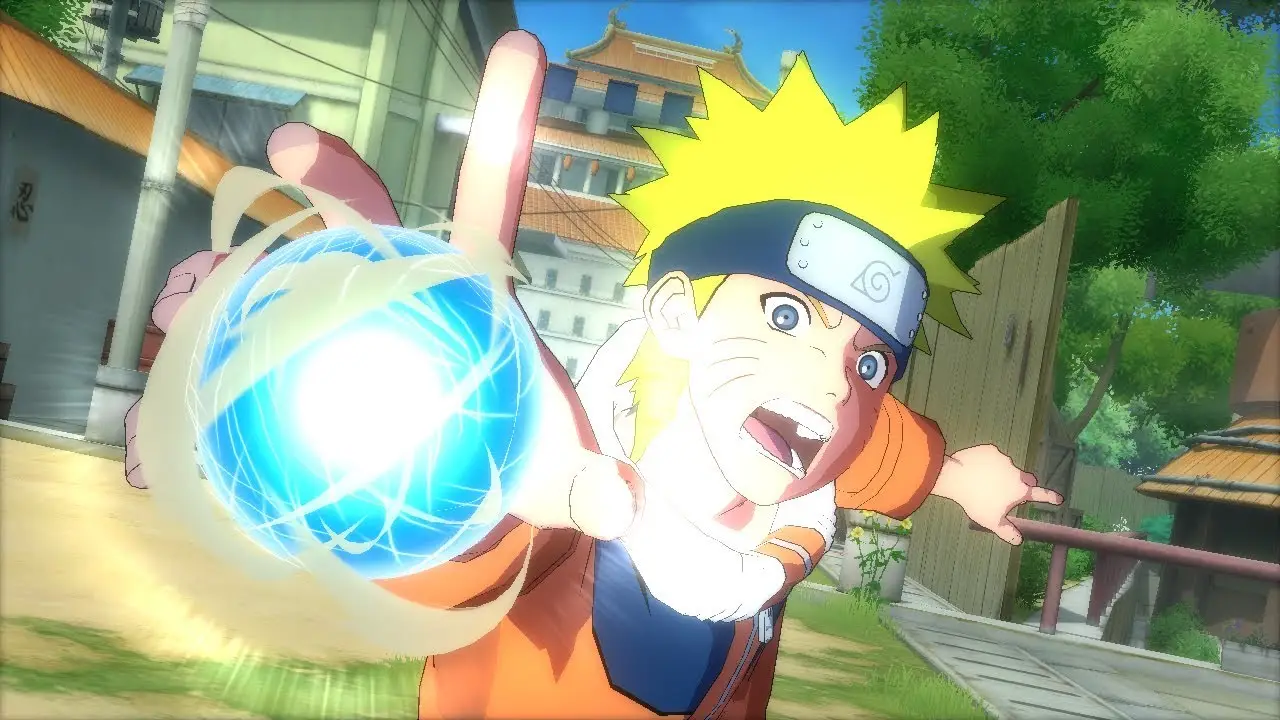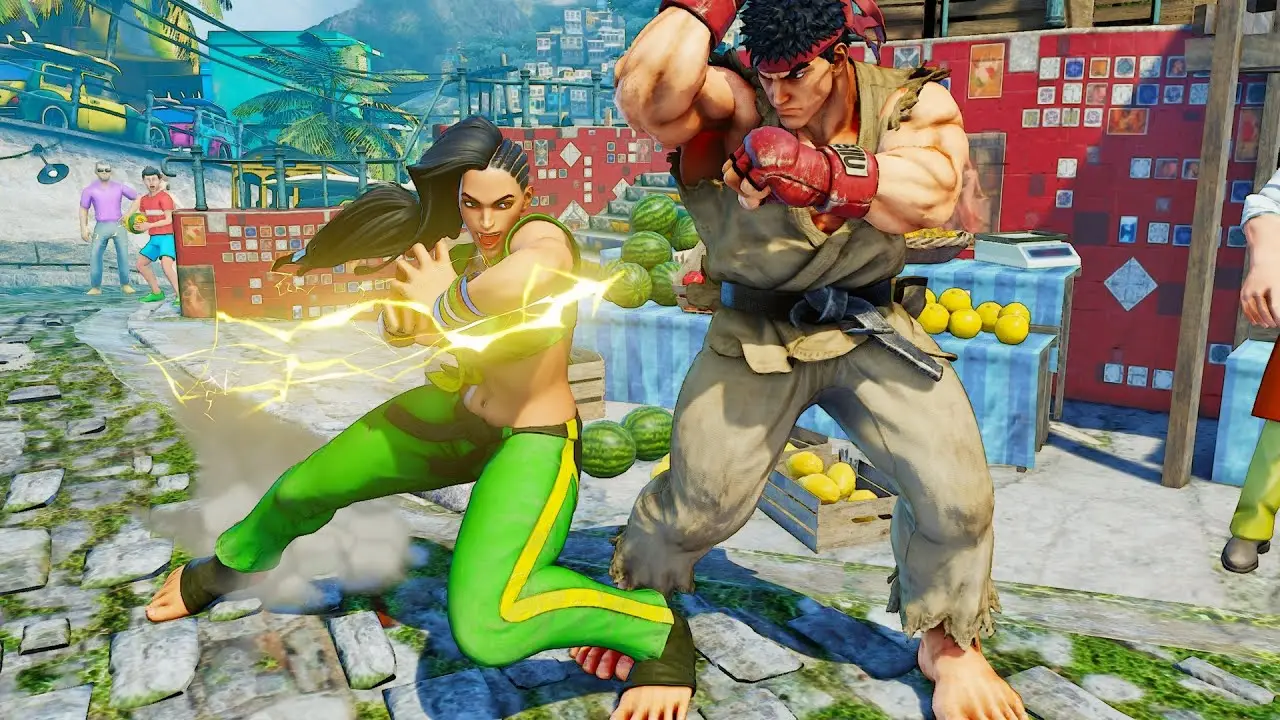Video games have always found ways to surprise, but it was the fighting genre that gave players a unique format of competition, where every blow and every block could be decisive. Arcade machines of the 80s became the cradle of the first battles, setting the tone for many years of development. Fighting games became not just games, but real arenas where legends are born.
Who invented the battle on the screen?
The history of video games began with pixels, and the fighting genre was one of the first examples of how technology can combine reflexes, strategy and spectacle. In 1984, Karate Champ appeared on arcade machines, which offered a duel format where players fought for victory. The concept included mechanics of side kicks, jumps and blocks, which for the first time forced gamers to master tactics in practice. The fighting genre gained incredible popularity thanks to the idea of real confrontation on the screen, which was a revolution for its time.

The success of Karate Champ led to new projects like Konami’s Yie Ar Kung-Fu, which pioneered unique moves for each character. Inspired by the popularity of martial arts films like Bruce Lee’s Enter the Dragon and Jean-Claude Van Damme’s Bloodsport, developers began integrating complex combos and moves that became the prototype for modern projects.
The first steps of the fighting genre were the mechanics of simple attacks and blocks, a clear interface, and accessibility for a mass audience. Karate Champ opened the door to countless experiments, including elements that turned games into a cult phenomenon. This evolution led to the creation of series that not only entertained, but also defined the development of the entire gaming industry.
The Golden Age of the Fighting Genre: How Street Fighter Changed the Rules of the Game
The history of concepts took on a new dimension in the 90s, when technology allowed to go beyond simple pixel graphics. The developers focused on creating deep game mechanics and unique characters, which attracted millions of players. It was at this time that the fighting genre became a central part of gaming culture, setting standards for quality and competitive dynamics.
Secrets of the Success of the Iconic Street Fighter
In 1991, Street Fighter II became a real revolution. The series offered a unique combo mechanic, which allowed users to discover new strategies. Each character had its own characteristics, including powerful strikes and special techniques.
Key innovations of Street Fighter II:
- Characters with unique styles: Ken, Ryu, Chun-Li and other heroes became icons thanks to their well-developed design.
- Combo mechanics: the ability to connect strikes into long combinations.
- Tournament mode: a new competition format that added intrigue and competition.
By 1995, the product had sold more than 15 million copies. Street Fighter II’s influence has been felt far beyond the arcades, shaping eSports communities and setting the standard for fighting games to come.
The Evolution of Mortal Kombat: Blood, Spectacle, and Law
 When Mortal Kombat was released in 1992, the world saw how far the genre could go. The game impressed with its realistic graphics, animation, and spectacular finishing moves known as Fatalities. Mortal Kombat not only set a new standard for violence, but also led to the introduction of age ratings in the video game industry.
When Mortal Kombat was released in 1992, the world saw how far the genre could go. The game impressed with its realistic graphics, animation, and spectacular finishing moves known as Fatalities. Mortal Kombat not only set a new standard for violence, but also led to the introduction of age ratings in the video game industry.
The main features of Mortal Kombat:
- Fatalities: secret finishing moves that required unique button combinations. These spectacular animations became a symbol of the series, demonstrating the creativity of the developers.
- Unique characters: Scorpion with his “Get over here!”, Sub-Zero with the ability to freeze opponents, Liu Kang with his iconic bicycle kick.
- Graphics: The use of digital filming technology of real actors added authenticity to the characters’ movements and appearance.
- Game modes: Tournament mode, challenge mode, and hidden characters such as Raiden or Reptile, which were unlocked through secret combinations.
The concept caused a huge resonance and debate in society. Mortal Kombat went down in history as one of the most scandalous, but at the same time successful projects that popularized the fighting genre to a new level.
The World Beyond Consoles: Where Do Fighting Games Live Today?
The games have long since left arcades and consoles, finding a second wind on new platforms. PCs and mobile devices have become new battlefields where millions of players prove their skills. This transition has expanded the audience and brought new challenges, from adapting controls to optimizing network code.
Fighting Games for PC: Is It That Simple?
Modern games feel confident on PC, offering users flexibility in settings and accessibility. Leading examples are Tekken 7 and Guilty Gear Strive, which brought the console experience to computers.
Pros:
- High resolution: support for 4K graphics and smooth FPS.
- Control settings: the ability to connect any controllers, including arcade joysticks.
- Network functions: modern games offer advanced multiplayer with global tournaments.
The transition to computers required adaptation to the keyboard and various systems, which became a challenge for developers.
Mobile fighting games: pocket championship
Such projects as Brawl Stars and Shadow Fight 3 have proven that spectacularity and dynamics are possible even in a pocket format. Features of the genre in the niche of mobile fighting games:
- Simplified controls: touch screens have replaced complex combinations.
- Quick matches: the average duration of battles is 3-5 minutes.
- Hybrid genres: the introduction of role-playing elements and customization.
Mobile games are becoming increasingly popular due to their accessibility and low entry threshold. Fighting games on smartphones often offer free access with in-game purchases, which attracts millions of gamers.

Fighting as an art and industry: where is the genre heading?
 Modern projects continue to develop, using new technologies. Virtual reality and artificial intelligence are becoming the next steps in the evolution of the direction.
Modern projects continue to develop, using new technologies. Virtual reality and artificial intelligence are becoming the next steps in the evolution of the direction.
The fighting genre remains not only a gaming format, but also a cultural phenomenon. It unites millions of people, creating a new form of art and competition. Each year, these concepts become more diverse and profound, while maintaining their unique spirit.
 en
en  ru
ru  de
de  ar
ar  es
es  nl
nl  hi
hi  fr
fr  it
it  pt
pt  el
el 










